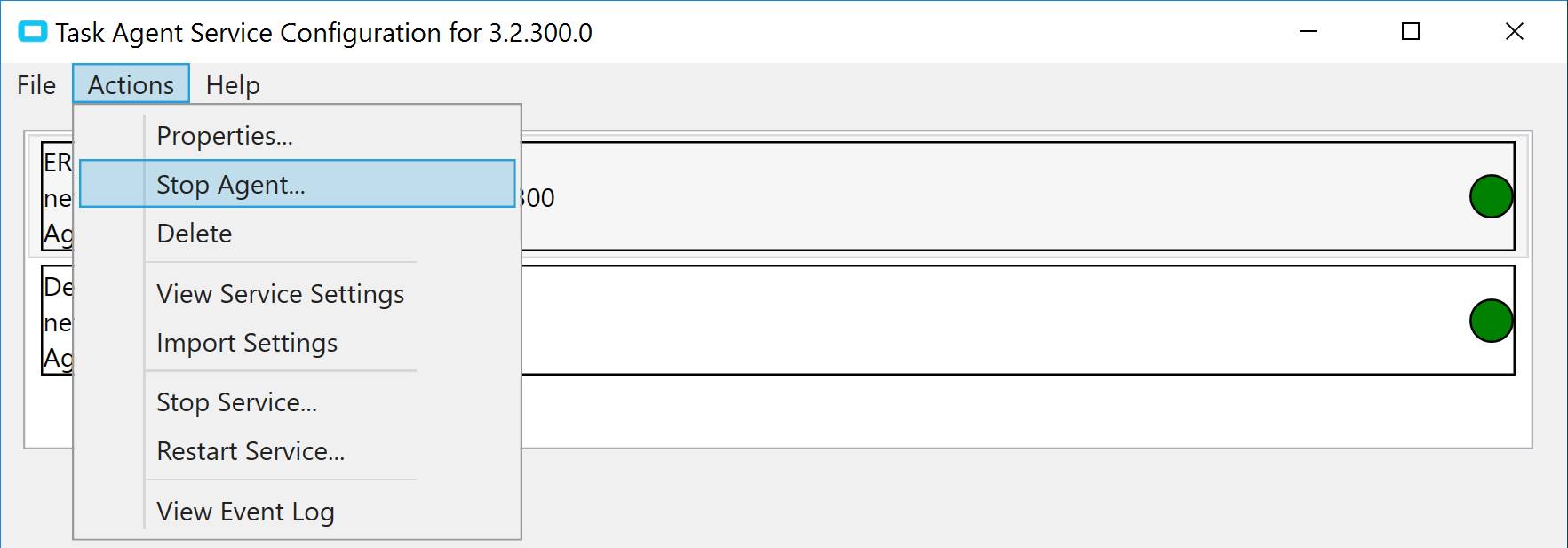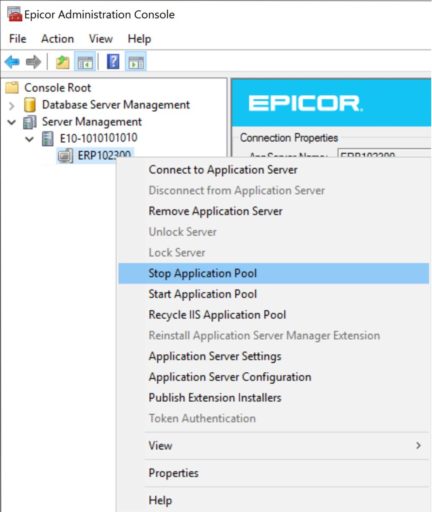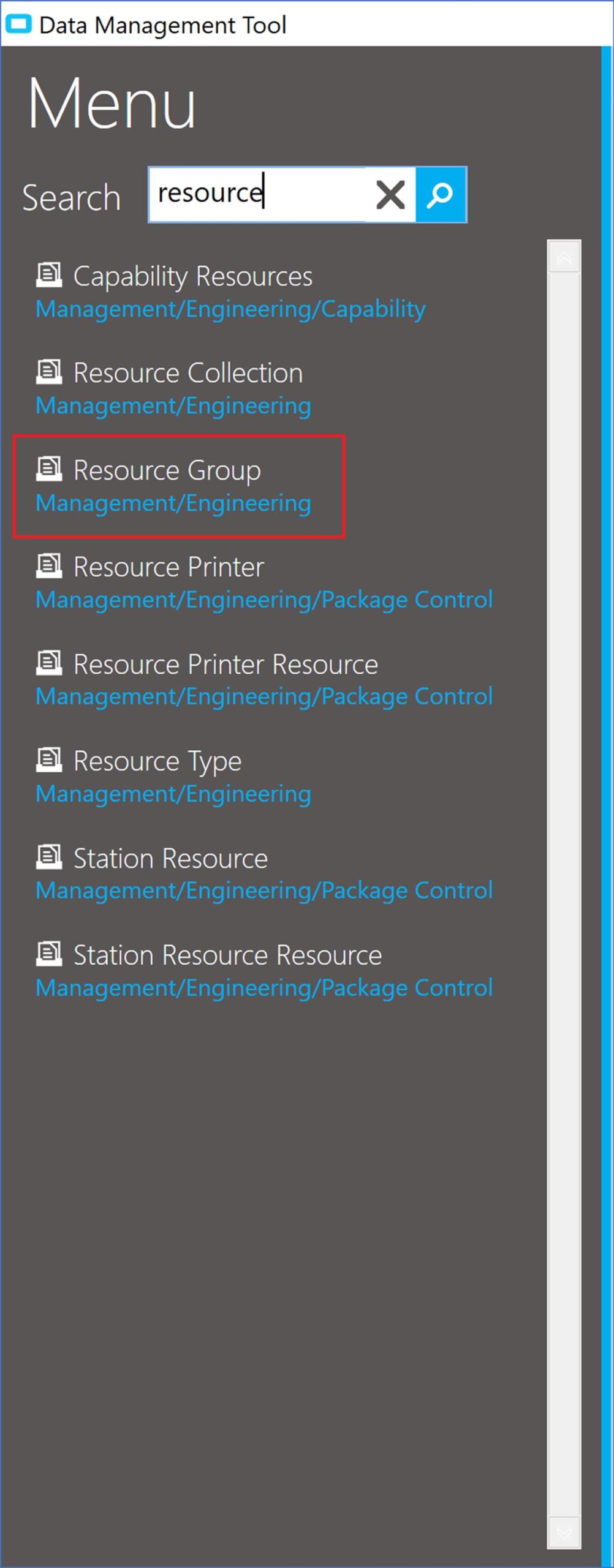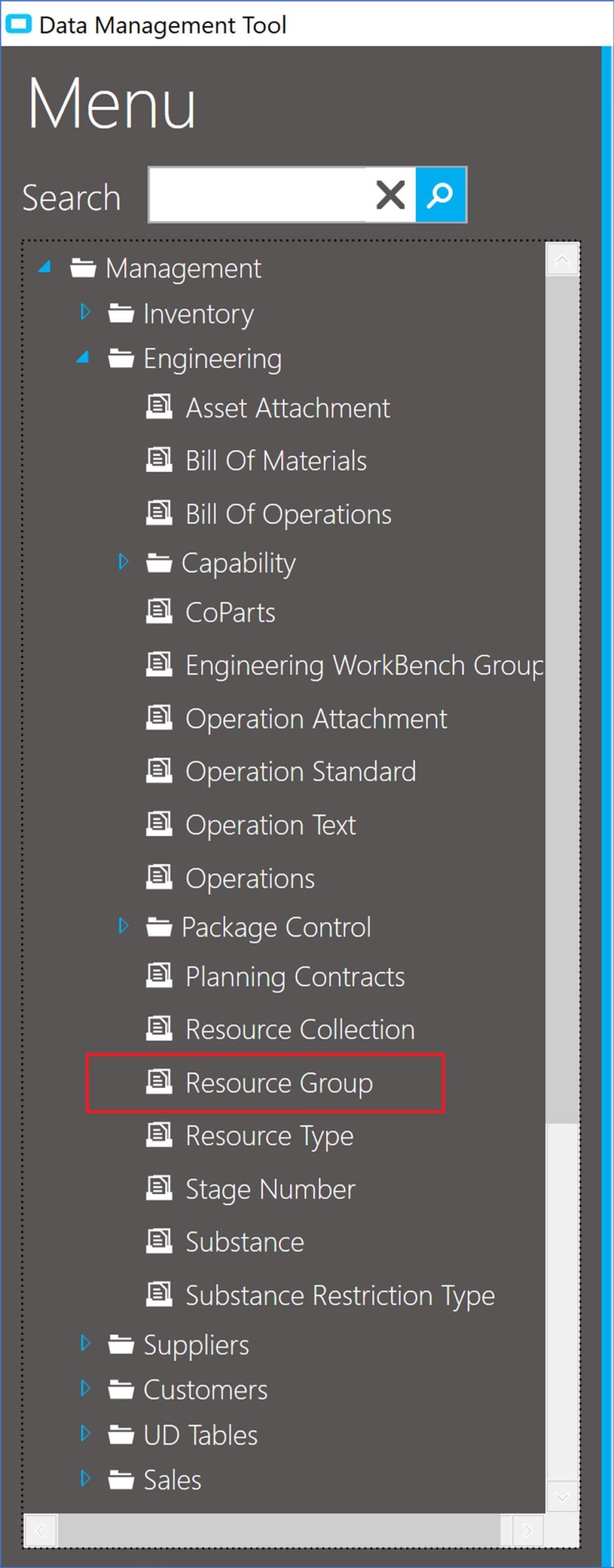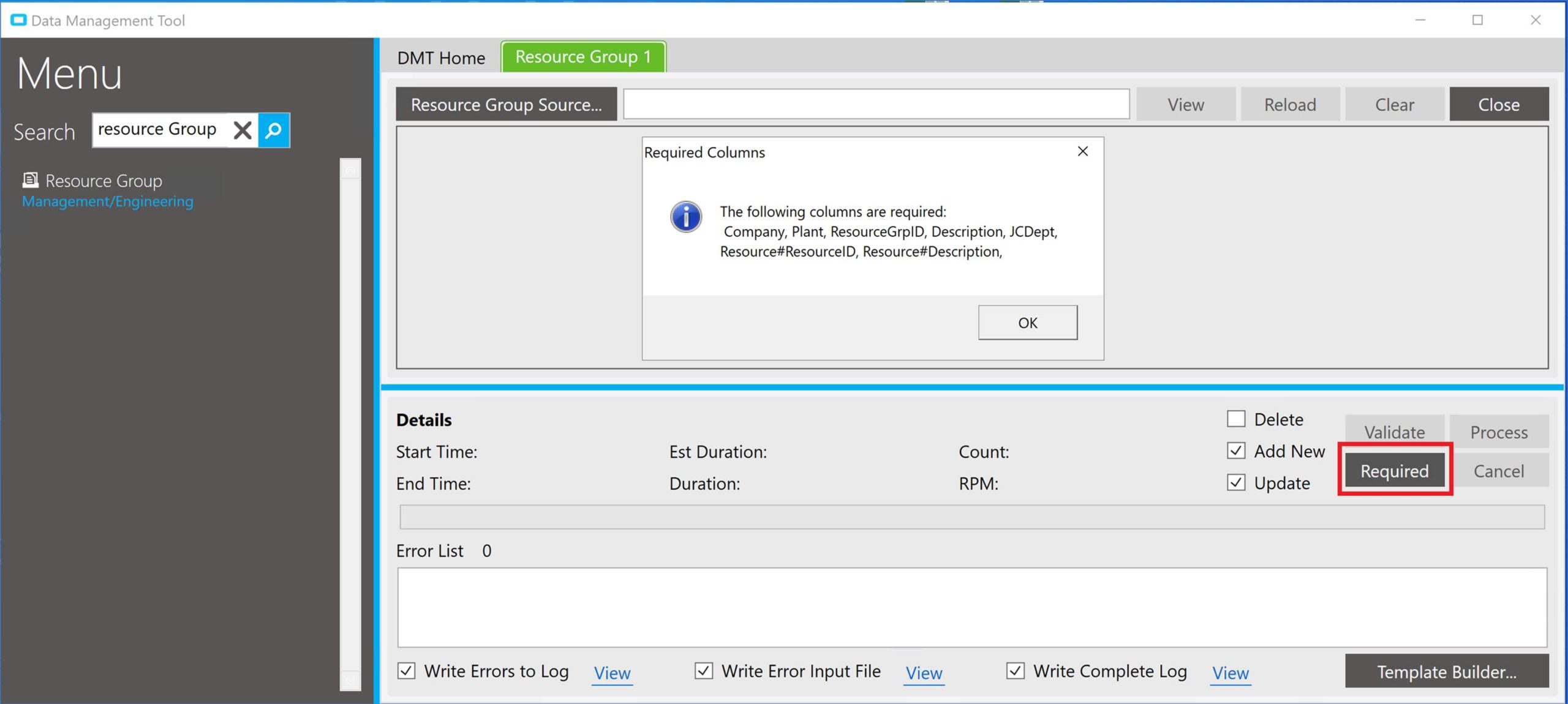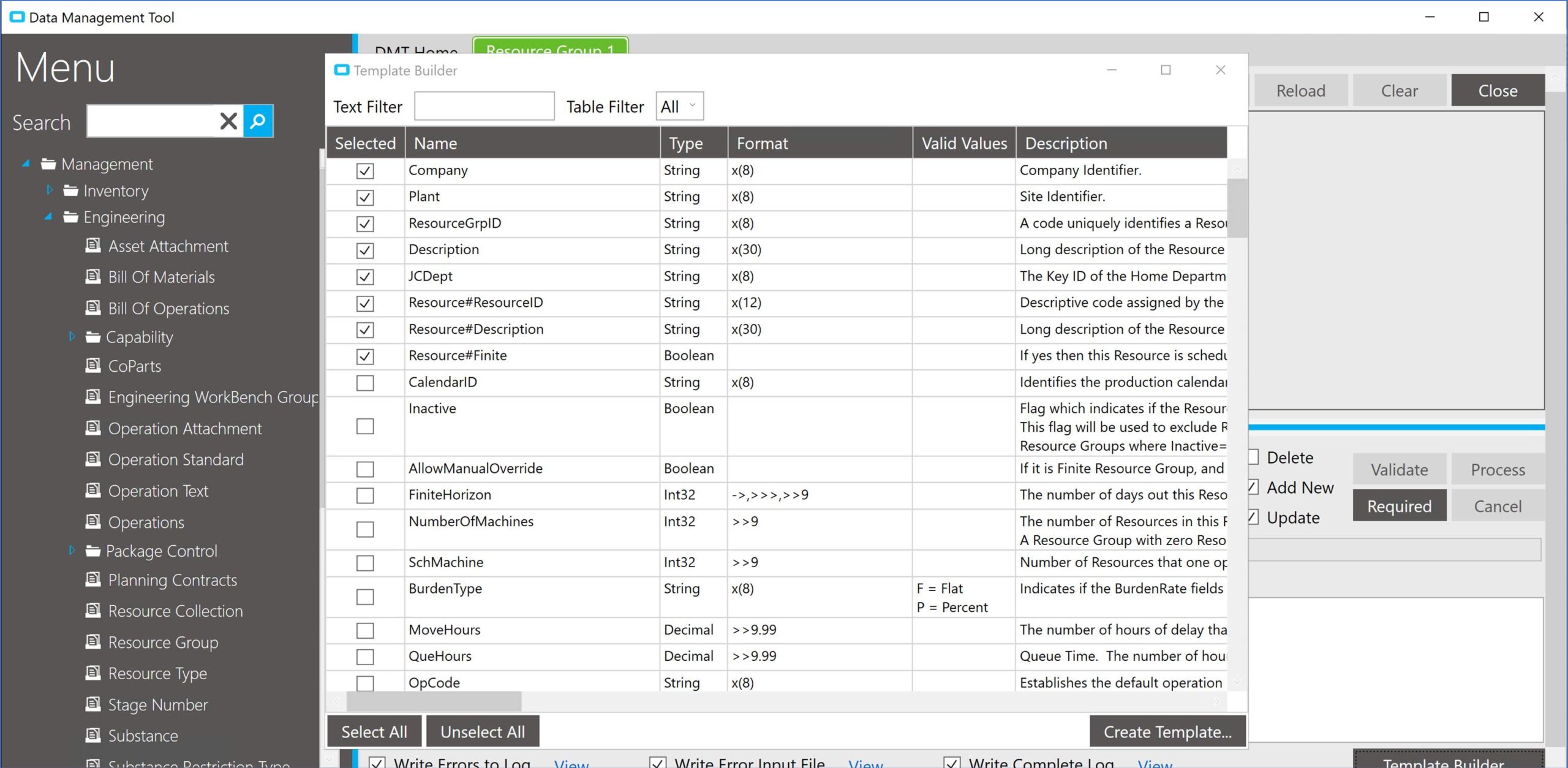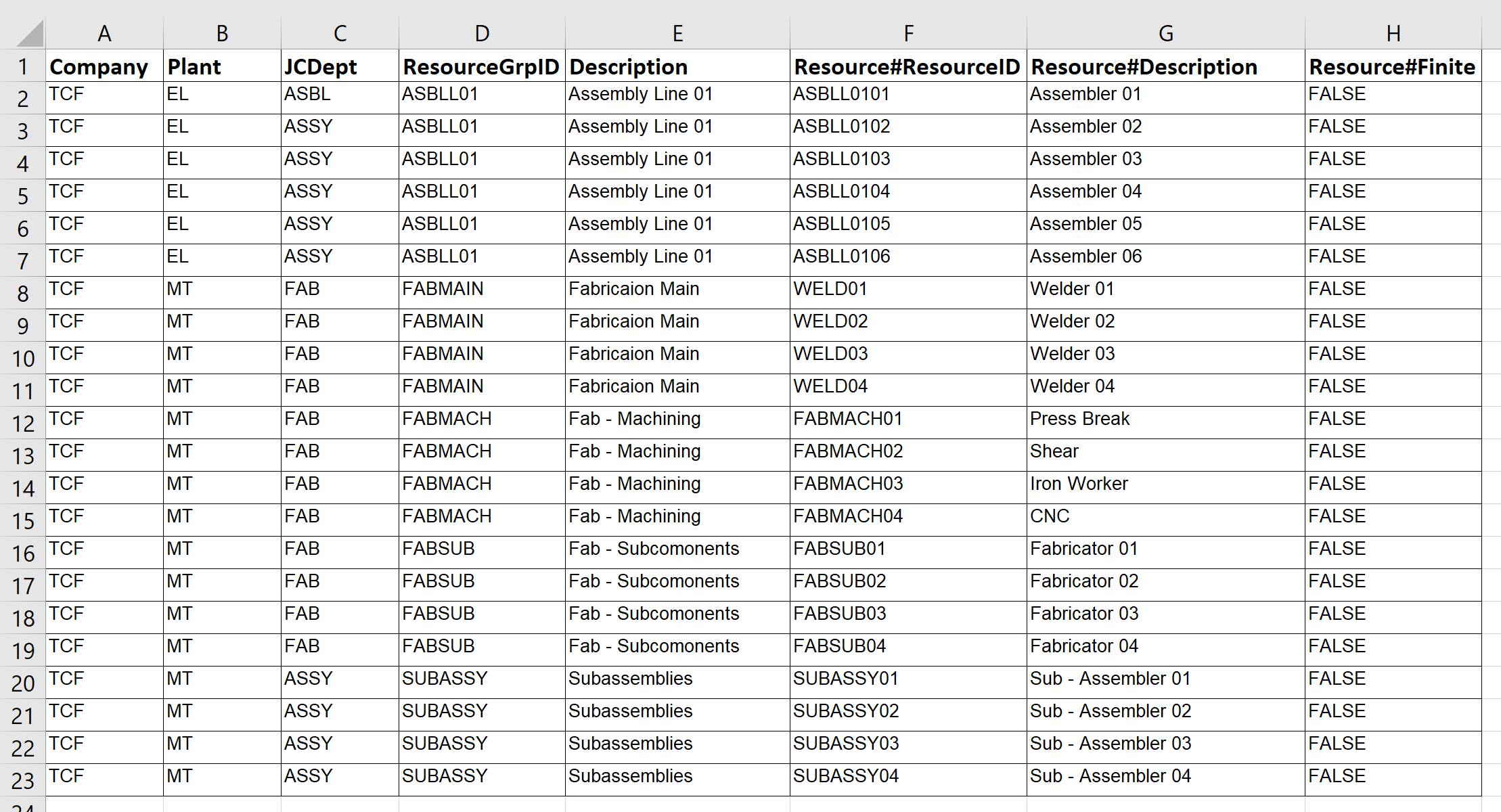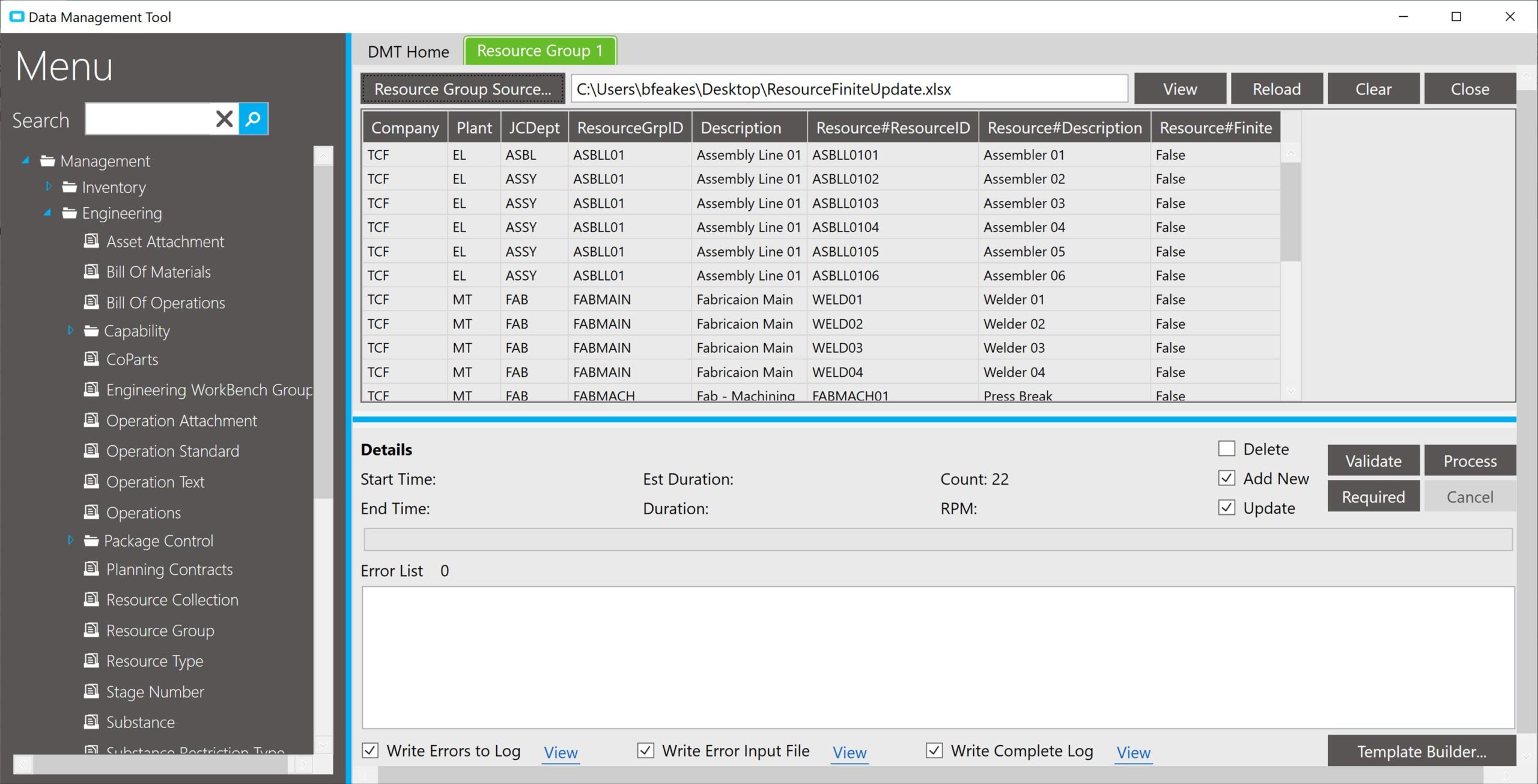
Epicor ERP Database Upgrade Considerations
Technical Considerations for an Epicor Upgrade
As more and more Epicor users moved from Epicor 905 to E10, the new world of upgrade challenges leveled off into old world reflection. As a customer, I once watched my company implement Epicor’s Vantage 803 platform and flirt heavily with a disastrous 904 release before upgrading to 905.600B. They finally settled on 905.702A. Since then, they’ve been in a holding pattern, and their jump to E10 is now, essentially, a ground-up ERP reimplementation.
If you’ve made the decision to upgrade, you need to consider everything from old data to new cloud-based servers. Because I’ve seen Epicor consulting on both sides of the give-and-get (as a customer and as a consultant), I’ve collected quite a few answers to questions surrounding your Epicor ERP database and your decision to upgrade.

The Epicor ERP Lifecycle
For customers already on E10, the burdens of keeping your system up to date are much less worrisome. Epicor’s release cadence is now a metronome of consistency. New versions address the bugs and bothers seen in earlier iterations. Epicor consistently provides new functionality to the software and enhances existing capabilities. To this end, it is important to understand Epicor’s support cycle, and the difference between active support and sustaining support. To begin with, active support relates to the full breath of assistance provided by Epicor, and is reserved for versions that have been released roughly within the last two years. Epicor produces a new release (for example, from 10.2.600 to 10.2.700) every six months. That means if you are four releases behind the current release, you’ve moved into sustaining support.
Epicor System Support: Version Control
For an example, let’s say you implemented Epicor on version 10.2.300, and Epicor’s most recent release is 10.2.700. This means active support for your old version expired, just as the new version became generally available. As of release .700, Epicor would now only provide active support to versions 400-700. As such, release 10.2.300 would now be on what Epicor refers to as “sustaining support.” Sustaining support significantly limits the level of assistance Epicor will give you, whether it be support through their help line, bug fixes, the ability to purchase new ERP modules, and even the ability to obtain ERP consulting support. To make the most of your support fees, it is normally a good idea to keep your application’s version current.
Epicor ERP Upgrade Q&A
For companies falling behind on release upgrades, we can (with minimal angst) get the systems updated. First, we can ask a number of questions regarding the mechanics of the upgrade itself. Then, we can work from the solid foundation of a successful upgrade plan. With this all in mind, I collected some of the questions we normally ask a customer during the consulting process when helping form an Epicor ERP database upgrade plan.
Detail Your Current ERP Environment
- App Server(s): How did you deploy your production application? Is it deployed on a single server or on multiple servers? Are your test environments deployed on the same server as the production environment, or are they deployed on separate servers? Is your environment deployed onto a physical server, a virtual server on physical hardware, or to a cloud-based VM? What is the version of your operating system? Is it up to date? What are the physical properties of your application server environment(s)—RAM, CPU, hard drive?
- SQL Server: Is the SQL Server installed on the same server as the application or to its own server? What version of SQL Server Management Studio are you using? Is it up to date? What are the physical properties of your database server—RAM, CPU, hard drive?
- Epicor Applications: What version of Epicor are you on? To which version of Epicor do you intend to move? Is it supported by your OS and SQL Server versions?
- Epicor Extensions: Which Epicor extensions are currently in use (Web Access, Mobile Access, Enterprise Search, Social Enterprise, Education, Information Worker, Data Discovery)? Do you intend to utilize the same extensions when you upgrade?
- Third-Party Tools: Do you have any third-party tools or integrations that will need to be in use when you upgrade (CRM integration, External Configurator, Ecommerce, etc)?
- Client Installation: How is your user community connecting to the application? (Client install? Terminal Server? Web access, etc.)? Do you intend to utilize the same installation methodology when you complete your Epicor ERP database upgrade?
- Backup Policy: What is the current backup solution and disaster recovery policy? Do we need to carry this forward, or will we make changes to this as part of the upgrade?
Clarify the Future-State Server Map
Live Server: Do you ultimately intend to deploy the upgraded Live environment onto a new application server or utilize the existing server?
Test Server: Will you be using a new Test server or utilize the existing server, with the intent of running two versions concurrently during the upgrade phase?
Database Server: Will you be deploying to a new database server or using the existing server?
- If a new server, have you procured your additional SQL Server licenses?
- If a new server, who will we be installing the SQL Server application?
Roles and Responsibilities: For all new servers, what tasks will be the clients responsibility?
- Provisioning new servers
- Providing new OS licenses, installing operating systems and enabling RDP
- Providing the agent-based backup solution
- Supplying any anti-virus exclusions
Server Access: What is the preferred method of attaining server access?
- Remote connectivity agent
- VPN/RDP
- Virtual Desktop
- RMM
Order of Operations: What does the upgrade and verification process look like? Are we upgrading test application first?
Verification Plan: Is there a testing qualifications checklist? Have you identified the scenarios, products, and business processes that you wish to use for testing? Finally, have you identified all the customizations, dashboard, and reports that you will want to verify as part of testing?
A New View From an E10 Upgrade
So far, we’ve looked at questions surrounding primarily technical considerations. However, with all the discussions of feeds and speeds, it’s not uncommon to have a customer come to us asking, “What does an Epicor E10 upgrade actually look like?” To begin with, answering the above questions will go far to understanding the shape of the upgrade. Next, moving beyond the technical considerations, we can identify a basic flow of activities. Moreover, this flow can help customers understand just what needs to be accomplished and in what order.
While each upgrade looks a little different, based on the specifics of the organization, most upgrades follow a sequence similar to the following:
- First, spin up any new servers and install operating systems and SQL Server as required.
- Then, install a new version of the Epicor application to a designated application server and/or upgrade the existing Epicor application on an existing Test server.
- Meanwhile, take a copy of the production environment database to create a Test environment database on the SQL Server.
- Next, upgrade the Test environment database from the Admin Console on the application server.
- Perform testing activities to determine whether the new version works as anticipated. Perform remediation where gaps or issues are found and retest.
- Once approved, schedule live upgrade, client deployment plan and communication plan.
- Then, focus on upgrade production application and upgrade client deployments.
- Support end users during post-upgrade period.
- Finally, decommission any old application install and/or servers that are no longer required.
An Epicor Database Ace
Beyond version support, you can find many good reasons to keep an up-to-date Epicor ERP system on your side. Primarily, updating to the current version of the application allows you to leverage the cutting-edge features of the system for your users. So give some thought to sprucing up your data with an Epicor ERP upgrade.
Do you have a question for an Epicor consultant? If you need an answer to an ERP question, please fill out the form below, and we’ll talk to you soon. Likewise, you can use the chat to ask your questions, and we’ll talk to you within seconds or minutes. For more Epicor consulting advice, read one of our ERP white papers. If you’d like to know more about hybrid and private cloud ERP, watch a webinar on virtual office cybersecurity. Then read about our managed IT solutions that are perfect for any ERP system.





